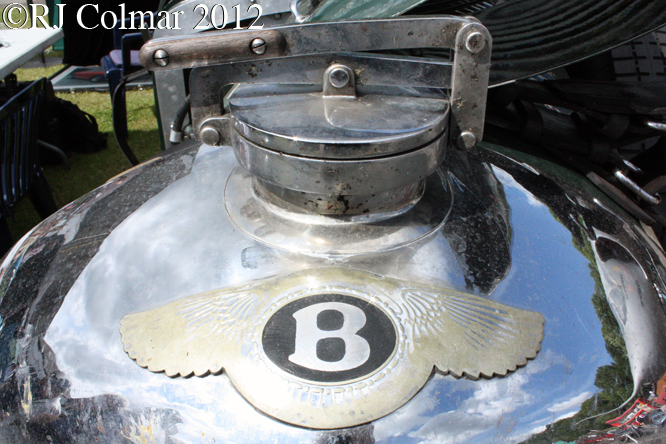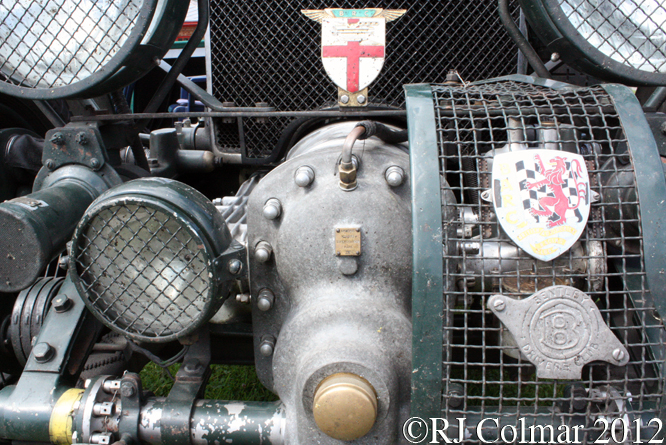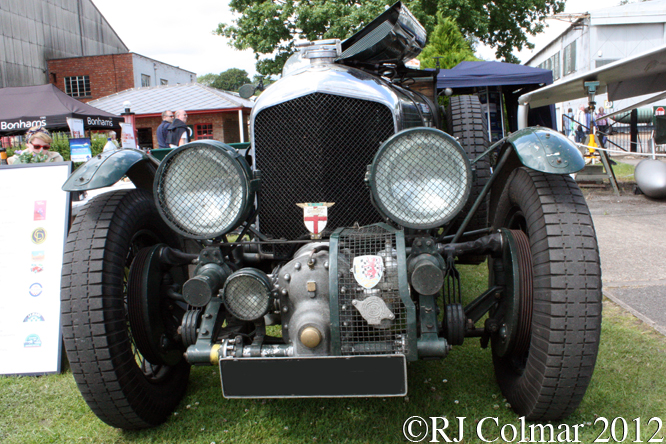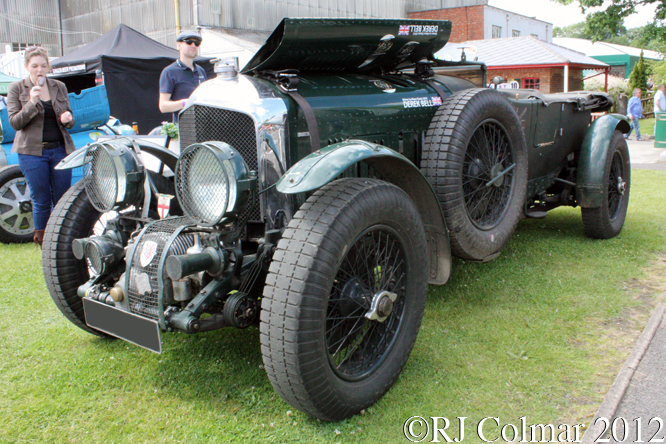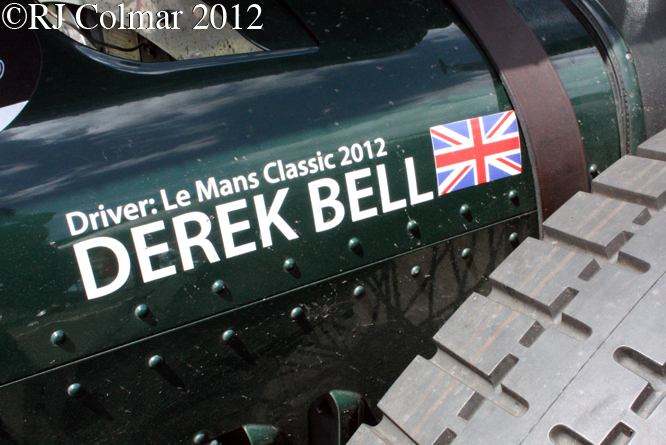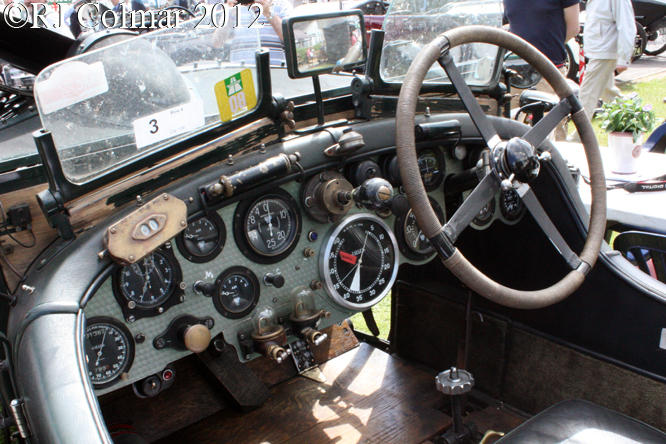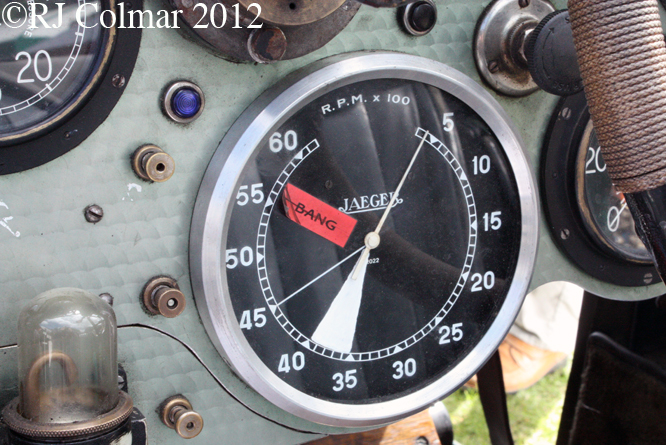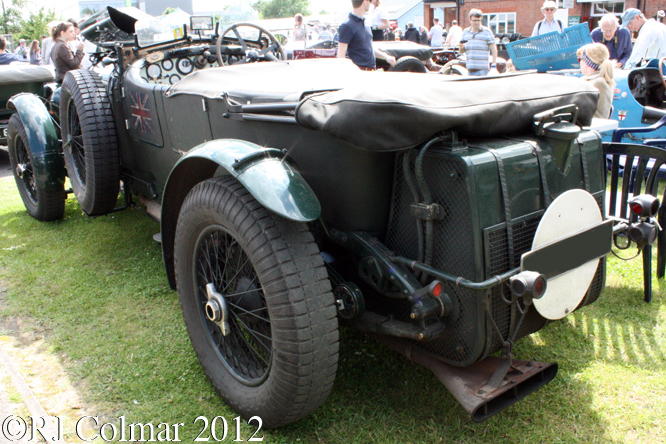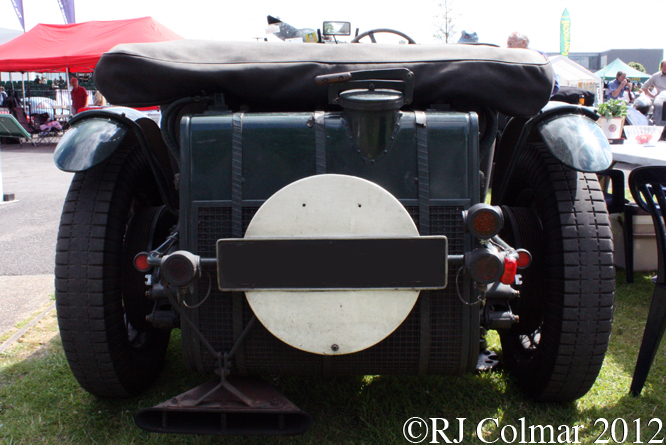After Alfieri Maserati’s death in March 1932 the remaining Maserati brothers continued to develop his new 3 litre / 183 cui supercharged straight eight motor. Before the end of 1932 Maserati had fitted a 220hp version of the new motor to an 8C chassis #3001 for Luigi Fagioli to drive in the Czechoslovak Grand Prix at Brno where he finished second to Louis Chiron in his Bugatti T51.
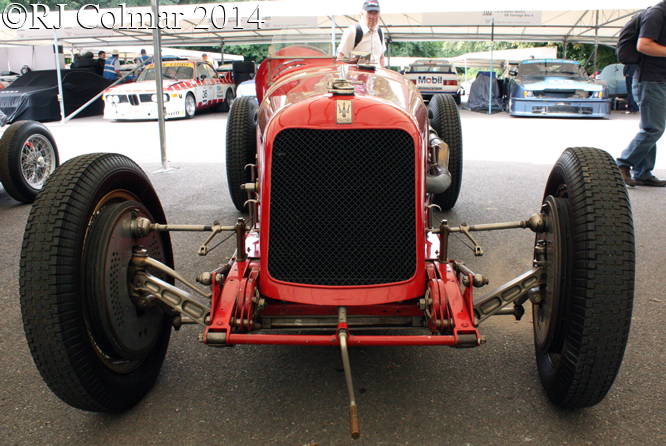
With the financial collapse of Bentley in 1931 the Bentley Boys were struggling to find British built vehicles in which to race. A second Maserati 8C chassis #3002, seen here at Goodwood, was bought by former Bentley Boy and 1928 Le Mans winner Bernard Rubin for fellow Bentley Boy and 1929 Le Mans winner Sir Henry Ralph Stanley ‘Tim’ Birkin to drive in the 1933 season.
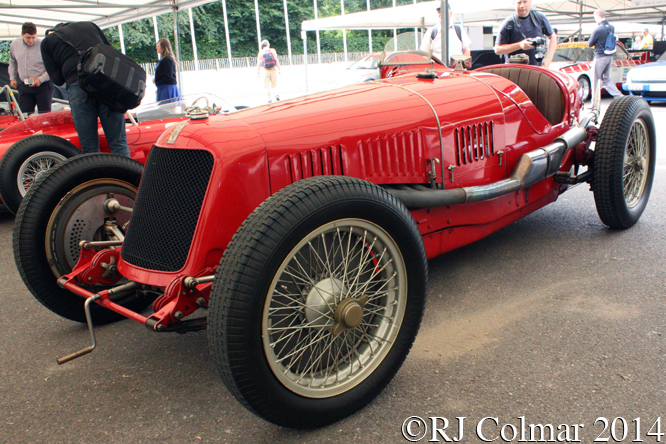
Unfortunately ‘Tim’ only got to drive #3002 once in the infamous 1933 Tripoli Grand Prix, a race which is best remembered for a story surrounding a legal syndicate which comprised three lottery ticket holders and three drivers who agreed to divide up various prize monies on offer equally in the event that one or more of the syndicate drivers won, came second, third or any conceivable combination thereof.
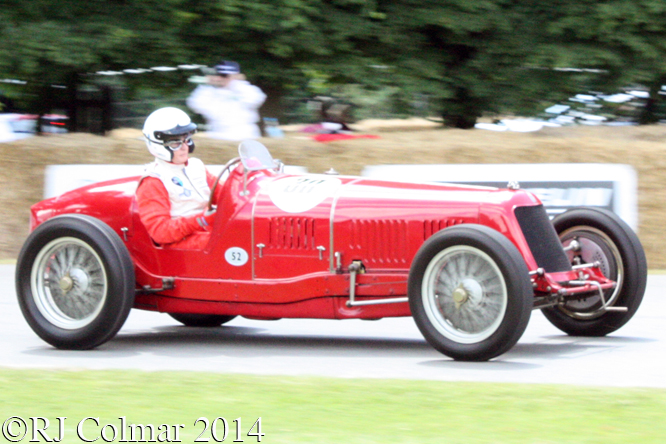
Of course being described by W.O. Bentley to be “the greatest Briton of his time” ‘Tim’ would have nothing to do with the syndicate and intended to do his best to ensure they did not get their result and led the opening four laps of the race. On lap 16 ‘Tim’ pitted which, due to his inexperienced pit team, is said to have cost him more time than his rivals and in particular syndicate members Archi Varzi, who did not need to stop and Tazio Nuvolari who did.
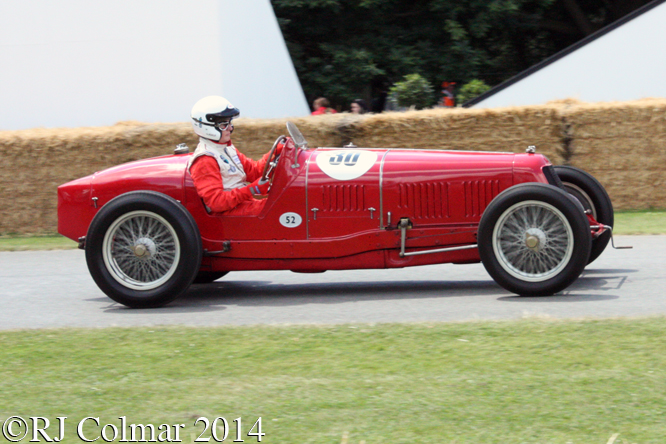
Some sources say it was during this pit stop that ‘Tim’ accidentally burnt his arm on the exhaust of his car, others say it was during practice earlier in the event, but either way ‘Tim’ continued to finish third, 1 and half minuets, behind Archi and Tazio in that order, the same order to which both are alleged to have agreed on the flip of a coin on the morning of the race.
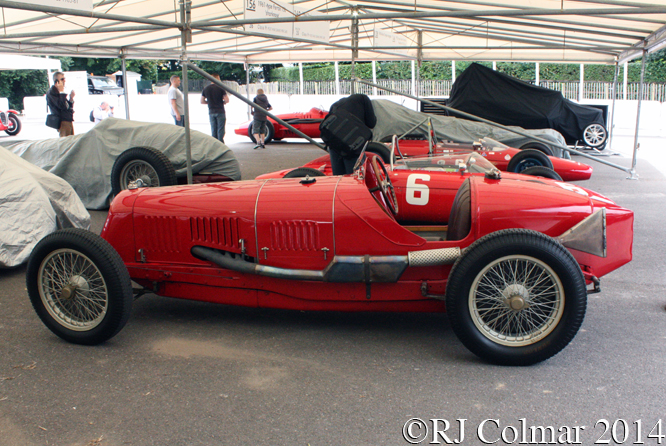
Tragically the burn ‘Tim’ had suffered from the exhaust turned septic and that in combination with his malarial condition put him in hospital six days after the race and five weeks later Britain lost one of it’s most popular and able drivers.
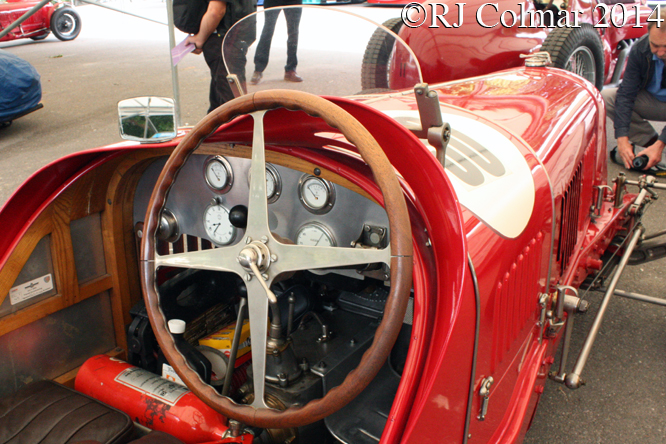
#3002 was driven in 1934 by Hon. Brian Lewis for Noel Rees at Brooklands where it came second in the International trophy to another Maserati driven by Whitney Straight with both cars sharing the lap record.
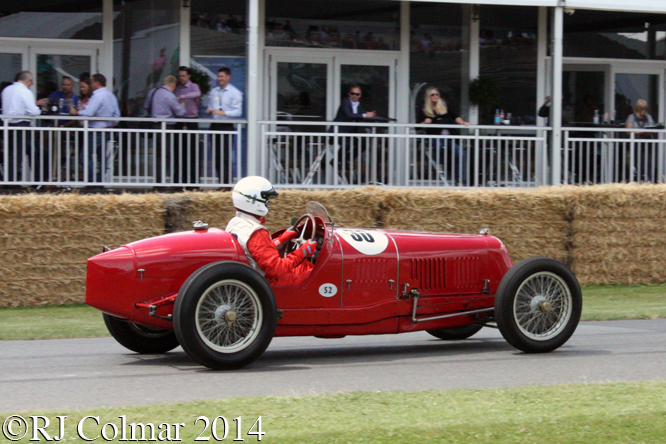
By 1937, following a string of ever less competitive performances with a variety of drivers #3002 was retired only for it have a post ’39-’45 war career, starting in 1946 when first Dudley Froy drove the car in the Easter ’46 VSCC Elstree speed trials.
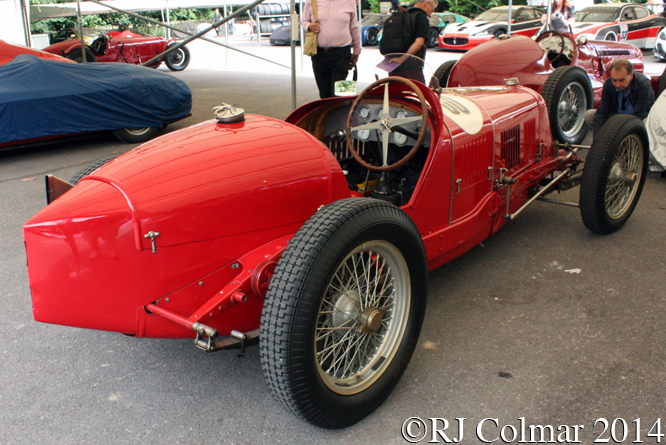
Next future legendary Aston Martin, Ford GT40 and Gulf Racing manager John Wyer prepared #3002 for T.A.S.O. Mathieson drive in some of the earliest post war French races at Bois du Boulogne, St Cloud, where finished a best 5th and GP du Rousillon, where TASO recorded a 6th place finish.
TASO then started converting the 220hp car for road use and registered her for use on the kings highway, but sold her on in 1947 to Mike Oliver before the job was complete.
Once Mike had finished the conversion to road spec he drove #3002 to a seventh place finish in the ’48 Luton Hoo sprint.
Later in 1948 new owner Squadron Leader John Crampton DFC continued competing with the car at the Prescott and Shelsey hillclimbs along with the Brighton Speed trials and at Goodwood up until 1949.
The car was subsequently rebuilt, still in road going trim, by Alan Southon of the Phoenix Green Garage at Hartley Wintney before spending time in the United States.
Cameron Miller then undertook a restoration of #3002 for Peter Kaus of the Bianco Collection which included replacing the body, the remains of the old one subsequently found their way on to another Maserati which I shall be revisiting next Monday.
The Louwman Museum in the Netherlands now owns #3002 which is seen at Goodwood with Hulsoff Berend at the wheel.
My thanks to FailedJourno at The Nostalgia Forum for pointing out that I confused today’s featured #3002 with the car I shall be revisiting next week.
Thanks for joining me on this “Fatal Exhaust” edition of “Gettin’ a li’l psycho on tyres” I hope you will join me again tomorrow. Don’t forget to come back now !


